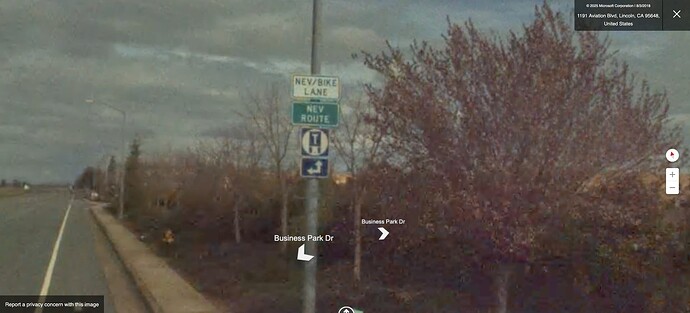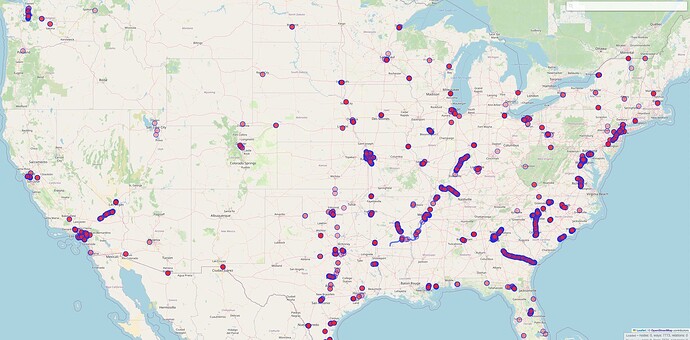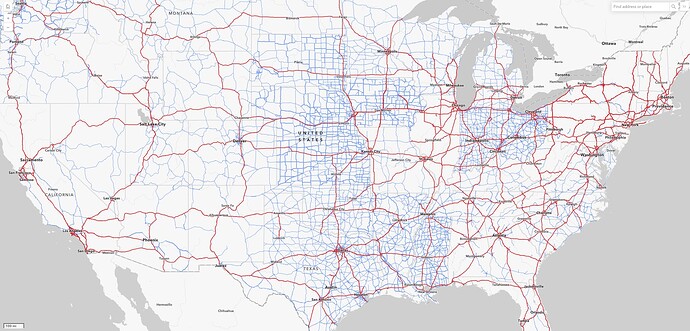First off, hgv:national_network=* is a legal access restriction, not purely a route designation or highway classification. That has been a point of confusion in the past.
The hgv:national_network=* key flew under the radar for many years. It first turned up on the talk-us mailing list in 2019, leading to an initial draft of the wiki page. The participants in that discussion weren’t very familiar with the National Network, so the page ended up discouraging the key’s continued use in favor of hgv=designated, even though the key had multiple distinct values.
I discovered the page a couple years later and attempted to rescue it from this consensus with more information. From my perspective, hgv:national_network=* and hgv:state_network=* or something like them are valid and necessary, because hgv=designated is far too simplistic. At least two states distinguish a state network, so evidently hgv=designated is always ambiguous in these states.
For California, this distinction is important, because many roads in the state are physically and legally accessible only to California Legal trucks, not STAA trucks that come in from other states. California doesn’t have a unique sign for the state network, because it’s coextensive with the state route network apart from roads that are part of the national network.
Just as STAA trucks come in multiple configurations, California Legal trucks also come in two different configurations, so these access restrictions are orthogonal to length limits or advisory length limits that the state may or may not post on the same roads. California also happens to be one of the states that measures truck lengths by KPRA; we don’t have any syntax to distinguish the formulas explicitly. If you’re in need of an illustration of “a patchwork of state laws”, behold this map:
Contrary to the speculation on the mailing list, terminal access is not just about funding. For example, in California, terminal access (denoted by a “T”) means an STAA truck is allowed unconditionally, whereas service access (“S”) means an STAA truck can only use the road for a short distance to make a pit stop. Here’s what the signs look like on the ground (with an NEV route making a cameo appearance):
Other states may have similar restrictions even if they don’t signpost them. It isn’t unusual for state and local governments to notify trucking fleets of restrictions primarily through websites, maps, geotargeted CB announcements, and other means that are easier to manage and won’t distract other motorists. Since these tags are about legal restrictions, they’re only useful if they reflect the legal reality. If necessary, we can distinguish between signposted and unsignposted restrictions by other means, such as hgv:signed=* or traffic_sign=*.
In hindsight, hgv:national_network=* and hgv:state_network=* are somewhat unfortunately named, though closer to the mark than other NE2 classics like hgv:minweight=* (equivalent to hgv=no maxweight=*, but the idea is that the tag indicates the minimum weight considered to be a truck). If we were starting over from scratch, maybe something like hgv:national=designated/destination and hgv:regional=designated/discouraged would’ve avoided unflattering comparisons to the network=* tagging scheme. ![]()



